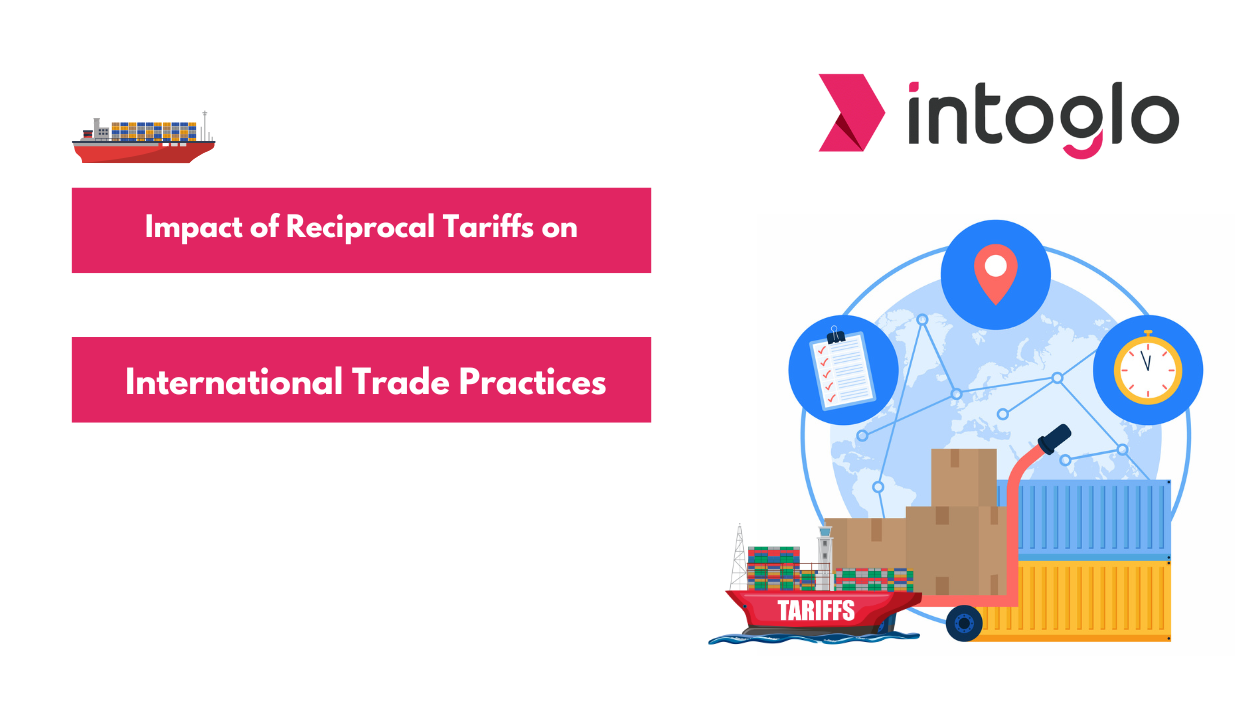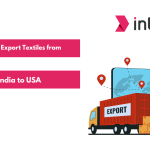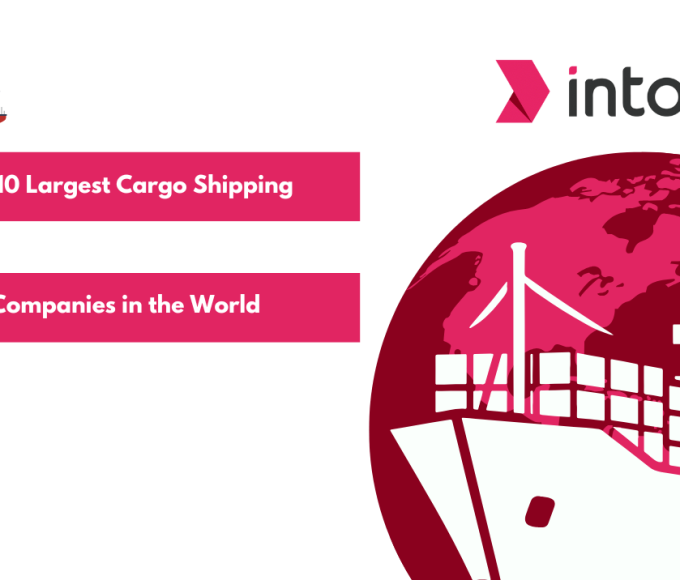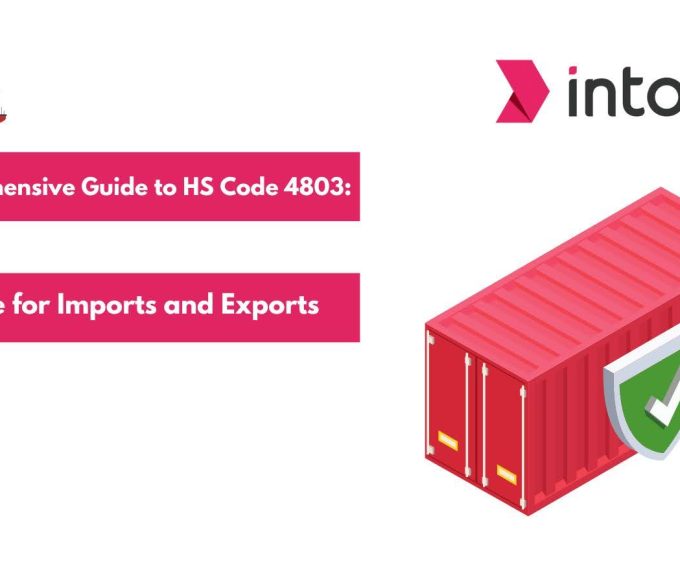Reciprocal tariffs, where countries match each other’s import duties, are changing the way you approach international trade. Major economies, including the US, have rolled out these tariffs to address trade imbalances and protect local industries, but the impact isn’t always straightforward.
For instance, the US imposed tariffs of 10% to 90% on goods from China, the EU, and India, and recent research shows this has led to a 3.3–4.7% drop in global agricultural trade and a 0.3–0.4% dip in global GDP (World Bank, 2024).
In this article, you’ll get a clear explanation of reciprocal tariffs, see how leading economies implement them, and understand their real-world impacts on supply chains, pricing, and vulnerable sectors.
TL;DR
- Reciprocal tariffs are trade taxes imposed in response to tariffs from another country.
- The US, China, and the EU have heavily increased tariffs on each other’s goods, affecting global trade.
- These tariffs can reduce trade volumes, disrupt supply chains, and cause economic uncertainty.
- Countries use reciprocal tariffs to promote fairness, protect industries, and negotiate better deals.
- Indian exporters should navigate new tariff structures, using reliable freight forwarders like Intoglo for smoother operations.
What is a Reciprocal Tariff?
A reciprocal tariff is a tax or trade restriction you impose on another country’s goods in direct response to similar tariffs that country places on your exports. In simple terms, if your trading partner raises tariffs on your products, you match their move by applying an equivalent tariff on theirs, essentially a “you tax me, I tax you” approach. This tit-for-tat method is used to create fairness in trade, protect your local industries, and pressure the other country to reduce or remove its tariffs.
For example, if the US imposes a 25% tariff on steel from another country, that country might respond with a 25% tariff on US goods in return. This strategy is also used as a negotiation tool, encouraging trading partners to engage in fairer trade practices or to come to the table for new trade agreements.
Need expert shipping services for Amazon FBA with on-time delivery?
Contact us for FBA shipping!What is the Purpose Behind Reciprocal Tariffs?
Reciprocal tariffs are designed to create a level playing field in international trade, ensuring your exports aren’t disadvantaged by another country’s higher import taxes. Here’s why countries use them:
- Promoting Fairness: By matching the tariffs your goods face abroad, reciprocal tariffs aim to eliminate unfair advantages and foster balanced trade relationships.
- Protecting Domestic Industries: These tariffs shield your local businesses from being undercut by cheaper imports, helping preserve jobs and support key sectors like manufacturing and agriculture.
- Negotiation Leverage: Governments use reciprocal tariffs as a bargaining chip, pushing trading partners to lower their own tariffs or remove trade barriers.
- Balancing Trade Deficits: If you’re running a trade deficit, importing more than you export, reciprocal tariffs help encourage domestic production and reduce reliance on foreign goods.
- Applying Pressure: They serve as a tool to pressure other countries into fairer trade agreements or to remove restrictive practices.
While the immediate goal is to protect your economy and encourage fairer trade, reciprocal tariffs can also spark negotiations that may lead to reduced tariffs overall. However, if both sides keep escalating, it can trigger trade wars, disrupt supply chains, and raise prices for consumers.
CTA: Looking for real-time shipment tracking and proactive updates on your cargo?
Suggested Read: A Simple Guide to Tariffs and Trade Barriers
How Do Major Economies Implement Reciprocal Tariffs?
In the last few months, you’ve seen a rapid escalation and recalibration of reciprocal tariffs by the world’s largest economies. These moves aren’t just headlines—they’re already affecting supply chains, pricing, and market access across sectors.
Here’s what’s happening right now:
- United States
- In April 2025, the US rolled out a 10% flat reciprocal tariff on most imports, with higher, country-specific rates for 57 nations—34% for China, 26% for India, and 20% for the EU, among others. These tariffs came as a direct response to what the US called “non-reciprocal trading practices” and persistent trade deficits.
- On May 14, 2025, the US and China agreed to a 90-day truce, slashing tariffs from 145% to 10% on both sides, except for certain goods like those related to fentanyl, which still face a 30% US tariff.
- China
- China mirrored US actions, reducing its retaliatory tariffs from 125% to 10% for 90 days as part of the temporary deal. However, anti-dumping duties and sector-specific tariffs (such as 74.9% on certain plastics) remain in play for some US goods.
- European Union
- The EU launched a public consultation in May 2025, preparing to impose up to 20% reciprocal tariffs on US-origin goods, targeting $100 billion in exports, especially industrial and agricultural products. The EU is also considering export restrictions on strategic materials.
- India
- India now faces a 26% US reciprocal tariff from April 2025, impacting electronics, textiles, and solar modules. Indian exporters are already adjusting their strategies to cope with these new barriers.
Notes:
- These tariffs are being implemented quickly and are recalibrated in real time, often in response to ongoing negotiations and trade talks.
- The situation remains fluid, and future tariff hikes or reductions will depend on the outcome of ongoing negotiations and trade deals.
This dynamic environment means you need to stay alert to shifting tariff rates and policy updates if you’re involved in global trade.
Want transparent pricing and optimized FCL rates for faster transit?
Request a quote now!Suggested Read: Who Pays Tariffs on US Imports? A Detailed Guide
Impact of Reciprocal Tariffs on Global Trade and Business
Reciprocal tariffs are already reshaping the way you do business internationally. Since their expansion in early 2025, you’ve likely seen the effects ripple through supply chains, pricing, and trade volumes.
Key impacts you should know:
- Trade Volumes Drop: The World Trade Organization projects global merchandise trade will decline by 0.2% in 2025, a reversal from earlier growth forecasts. This drop is directly linked to ongoing tariff tensions, especially between the US and China.
- Regional Impact: North America is expected to take the biggest hit, with exports forecast to fall by 12.6% and imports by 9.6% in 2025, subtracting 1.7 percentage points from global trade growth.
- Downside Risks: If reciprocal tariffs escalate or remain in place, global goods trade could contract by as much as 1.5% in 2025, with export-oriented least-developed countries facing the steepest challenges.
- Supply Chain Disruptions: Companies are already adjusting sourcing and logistics strategies to manage new tariff barriers, leading to delays and increased costs, especially in sectors like electronics, automotive, and agriculture.
- Business Uncertainty: The fluid policy environment and risk of further tariff escalation are causing many businesses to delay investments and rethink international expansion plans.
These findings are sourced from the WTO’s Global Trade Outlook and Statistics 2025, which directly links the contraction in trade to the resurgence of reciprocal tariffs and ongoing policy uncertainty.
Looking for seamless door-to-door logistics for your goods?
Get in touch with Intoglo!Indian Exports to the US – Challenges and Opportunities
If you’re shipping from India to the US, the 2025 reciprocal tariff regime is a game-changer. As of April 2025, the US imposed a 26–27% tariff on most Indian goods, with specific 25% tariffs on automobiles, auto parts, steel, and aluminum. Pharmaceuticals and semiconductors, however, are exempt, and textiles may even benefit as US buyers look for alternatives to pricier Chinese goods.
What does this mean for you?
- Automobiles and Electronics: These sectors are feeling the pinch, with up to 40% of exports to the US now facing steep duties. For instance, the US is India’s largest market for auto components, and new tariffs could reshape supply chains and pricing strategies.
- Textiles and Apparel: With 28% of India’s textile exports heading to the US, higher tariffs on competitors could open new doors for Indian manufacturers, provided they can stay competitive on cost and compliance.
- Gems and Jewelry: The US remains the top market, but any change in duty-free access for diamonds could disrupt this critical sector.
Despite these hurdles, India’s export trade remains resilient. Only a fraction of total exports are heavily impacted, and India’s growing role as a manufacturing alternative to China is attracting new buyers.
This is where a reliable freight forwarder like Intoglo becomes essential. Intoglo helps you handle the tariff complexities, streamline compliance, and optimize your supply chain for India to the USA FCL shipments, so you can keep your US shipments moving efficiently, even in a volatile trade environment.
Sick of missing invoices and other data in QuickBooks?
See Method’s two-way syncChallenges in Maintaining Global Trade Stability
Maintaining stability in global trade has become increasingly complex in 2025. The surge in reciprocal tariffs, protectionist policies, and geopolitical tensions is creating new hurdles for businesses and policymakers like you.
1. Trade Fragmentation
There’s a growing risk of the world splitting into isolated trade blocs, as countries respond to tariffs by forming new alliances or deepening existing ones. This fragmentation threatens long-term global growth and makes it harder to achieve coordinated solutions.
2. Tariff Volatility and Policy Uncertainty
The rapid introduction and adjustment of tariffs, such as the US raising its average tariff rate to 13.8% in 2025, the highest since 1939, are fueling unpredictability. The WTO warns that this uncertainty is a major drag on business investment and economic stability, with global merchandise trade now forecast to contract by 0.2% in 2025.
3. Supply Chain Disruptions
Companies are scrambling to diversify suppliers and reroute shipments, but this adds cost and complexity. Nearshoring and friendshoring trends are giving way to broader supply chain diversification, but adapting quickly is a challenge for many.
4. Rising Costs and Reduced Competitiveness
High tariffs on finished goods, especially in agriculture, textiles, and manufacturing, raise costs for businesses and consumers. Developing countries face average agricultural import duties close to 20%, limiting their market access and industrialization prospects.
5. Widening Inequality
Trade disruptions and higher barriers are hitting least-developed countries hardest, threatening to reinforce global inequalities and hinder economic development.
“We are in an era of unpredictability where trade policy shifts are frequent and rapid. The uncertainty makes it hard for businesses to make long-term decisions, affecting both trade and investment.”
— World Trade Organization, April 2025
To maintain global trade stability, you need balanced policies, robust international cooperation, and a willingness to adapt to shifting trade networks. Without decisive action, the risk of further fragmentation and prolonged economic slowdown remains high.
Ready to ship your goods from India to the USA?
Get reliable FCL shipping!Conclusion
Reciprocal tariffs have reshaped international trade, making efficient, reliable logistics more critical than ever, especially for Indian exporters shipping to the USA. If you want to stay competitive and hassle-free, Intoglo is your go-to partner for seamless door-to-door FCL shipments.
Here’s what sets Intoglo apart:
- PAN India pickups within 24 hours
- Own CFS space at all major Indian ports
- Direct contracts with top global shipping lines
- Hassle-free customs clearance (origin and destination)
- 50+ next-gen warehouses and transloading in the USA
- Direct trucking network covering 41,000+ US zip codes
- End-to-end real-time tracking and WhatsApp updates
- Transparent quotations with detailed cost breakup and clear TS & Cs
- 24/7 customer support across India and the USA time zones
Ready to simplify your India-to-USA logistics? Experience next-gen shipping with Intoglo and keep your business moving forward.
FAQs
1. What are reciprocal tariffs?
A. Reciprocal tariffs are taxes or trade restrictions imposed by one country in direct response to similar actions taken by another country, aiming to create balance and fairness in trade relationships.
2. How do reciprocal tariffs affect international trade volumes?
A. Reciprocal tariffs often lead to a decrease in overall trade volumes, as higher costs make imports and exports less competitive and reduce the flow of goods between countries.
3. What impact do reciprocal tariffs have on global supply chains?
A. They can disrupt established supply chains by forcing companies to seek alternative suppliers or markets, leading to delays, increased costs, and inefficiencies in production and distribution.
4. Why do countries use reciprocal tariffs?
A. Countries use reciprocal tariffs to protect domestic industries, correct trade imbalances, and as a negotiation tool to encourage fairer trade practices or retaliate against perceived unfair tariffs.
5. What are the potential risks of imposing reciprocal tariffs?
A. While they may offer short-term protection, reciprocal tariffs can escalate into trade wars, increase prices for consumers, strain diplomatic relations, and slow economic growth.









Leave a comment